Are You Falling for Misinformation on Facebook?
In today's digital age, it seems like everyone is glued to their screens, scrolling through endless feeds of information on platforms like Facebook. But here's the kicker: how much of that information is actually true? With the rise of misinformation, it's crucial to ask yourself: are you falling for it? This article explores the prevalence of misinformation on Facebook, its impact on users, and strategies to discern fact from fiction in the digital age. Let's dive into this tangled web of information and see how we can navigate it together.
Understanding what constitutes misinformation is crucial in the fight against it. Misinformation can be defined as false or misleading information spread regardless of intent. It can take many forms, including:
- Fake News: Completely fabricated stories designed to mislead.
- Misleading Headlines: Sensationalized headlines that don't reflect the content.
- Out-of-Context Quotes: Statements taken from their original context to distort meaning.
- Manipulated Images: Photos altered or taken out of context to support a false narrative.
These types of misinformation spread like wildfire across social media platforms, especially Facebook, where users often share content without verifying its accuracy. The ease of sharing and the emotional nature of the content contribute to the rapid spread of misleading information. It's like a game of telephone, where the original message gets distorted as it passes from person to person.
Misinformation often spreads rapidly on Facebook, and several mechanisms facilitate its viral nature. One of the main culprits is the platform's algorithms, which prioritize engagement over accuracy. Let’s break it down further.
Facebook's algorithms are designed to keep users engaged, which often means showing them content that is sensational or emotionally charged. This prioritization can lead to the proliferation of misleading content. When users click, react, or share a post, the algorithm takes note and promotes similar content, creating a cycle that favors sensationalism over truth. It's a bit like a hamster wheel; the more you engage with one type of content, the more you see it, regardless of its accuracy.
Have you ever noticed how certain posts just seem to explode with shares? This is largely due to the emotional responses they evoke. Posts that trigger strong feelings—whether it's outrage, joy, or fear—tend to be shared more frequently. This tendency to share sensational content amplifies misinformation, making it crucial for users to be aware of their emotional triggers. Think of it like a fire; the more fuel you add, the bigger the blaze. If we keep sharing without questioning, we only stoke the flames of misinformation.
Another significant factor in the spread of misinformation is the concept of echo chambers. Facebook's design encourages users to connect with like-minded individuals, creating environments where existing beliefs are reinforced. This makes it challenging for users to encounter diverse viewpoints, leading to a skewed perception of reality. When everyone around you is echoing the same beliefs, it becomes easy to dismiss contradictory information as false. It's like being in a bubble—comfortable, but ultimately limiting.
Recognizing misinformation is essential for informed decision-making. Here are some practical tips to help you critically assess the information you encounter on Facebook:
- Check the Source: Always verify the credibility of the source before sharing.
- Look for Evidence: Does the post provide evidence or references to back its claims?
- Consult Fact-Checking Websites: Utilize reputable fact-checking sites to confirm the accuracy of information.
By arming yourself with these strategies, you can become a more discerning consumer of information, helping to combat the spread of misinformation.
The impact of misinformation extends beyond individual users. It can lead to significant societal implications, including public health risks and political polarization. Understanding these consequences is vital for grasping the gravity of the situation.
During crises, such as pandemics, misinformation can have dire consequences. For instance, during the COVID-19 pandemic, false information about treatments and vaccines proliferated, leading to confusion and mistrust in public health measures. The importance of accurate information dissemination cannot be overstated, as it can literally save lives. Misinformation in health contexts is like a virus itself—spreading rapidly and causing harm in ways we might not immediately see.
Misinformation can significantly influence political opinions and outcomes. Misleading information affects democratic processes and voter behavior on Facebook. When users are bombarded with false narratives, it can skew their understanding of candidates and issues, ultimately impacting election results. It's like playing a game of chess without knowing the rules; the outcome is unpredictable and often detrimental.
Q: How can I identify misinformation on Facebook?
A: Look for credible sources, verify claims with fact-checking websites, and be cautious of sensational headlines.
Q: What should I do if I encounter misinformation?
A: Report the post to Facebook, inform your friends about the misinformation, and share accurate information instead.
Q: Why is misinformation so prevalent on social media?
A: The algorithms prioritize engagement, and emotional content tends to spread quickly, making it easier for misinformation to go viral.
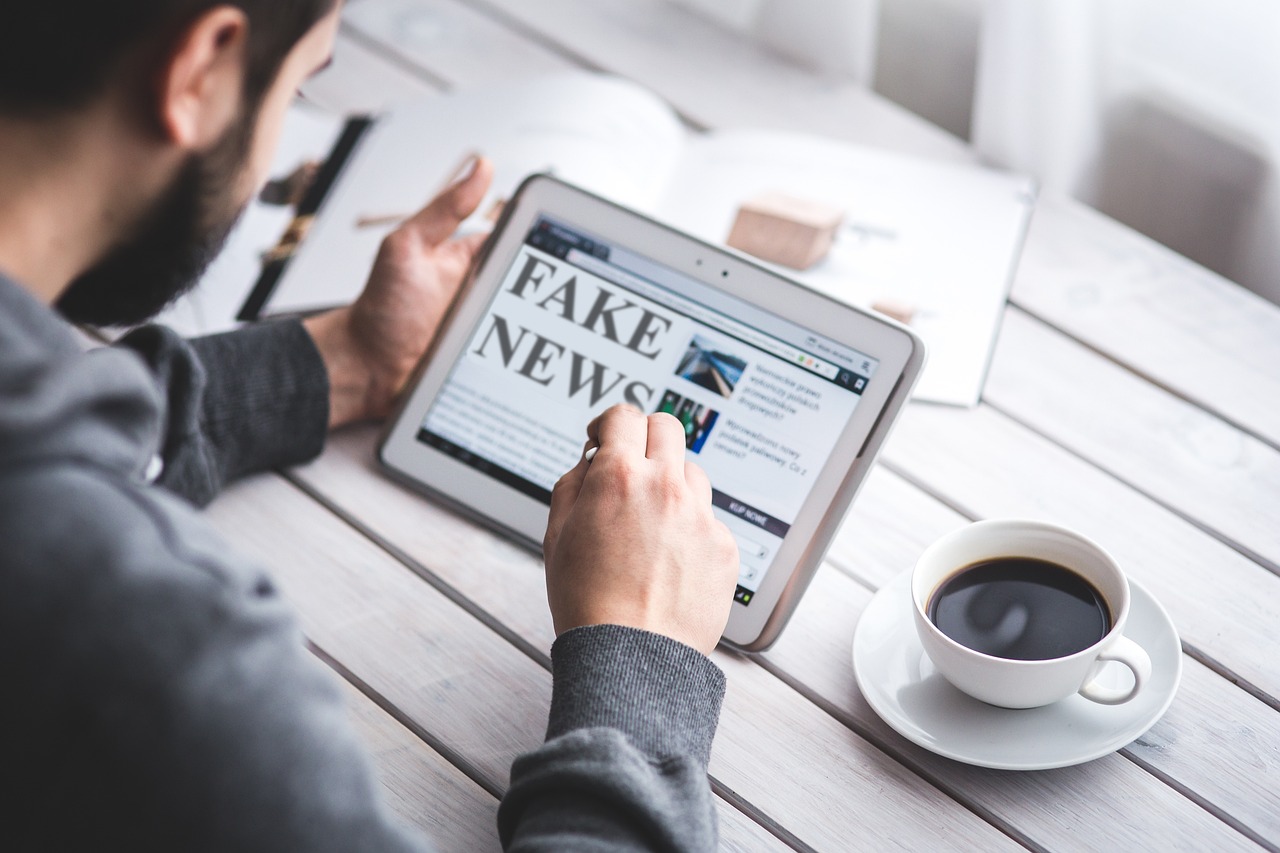
The Nature of Misinformation
Understanding what constitutes misinformation is crucial in today’s digital landscape. Misinformation is not just a simple mistake; it encompasses a broad spectrum of false information that can mislead users. It can take various forms, including fabricated content, where entirely false information is created and shared, or manipulated content, which involves altering genuine information to mislead. Another common type is imposter content, where genuine sources are impersonated to lend credibility to false claims. Each type plays a significant role in shaping perceptions and influencing decisions.
The spread of misinformation is often fueled by our emotional responses. When we see something that triggers a strong reaction—be it anger, fear, or joy—we're more likely to share it. This phenomenon is particularly prevalent on platforms like Facebook, where users can easily disseminate information to their networks. The combination of emotional engagement and the viral nature of social media creates an environment ripe for misinformation to flourish.
Moreover, the context in which information is presented can also distort its truthfulness. For instance, a statistic might be accurate in one context but misleading in another. This selective presentation can lead users to form incorrect conclusions based on incomplete or misrepresented data. Therefore, it’s vital for users to not only assess the content itself but also consider the broader context in which it is shared.
To better illustrate the different types of misinformation, consider the following table:
| Type of Misinformation | Description |
|---|---|
| Fabricated Content | Completely false information created with the intent to deceive. |
| Manipulated Content | Genuine information that has been altered to mislead. |
| Imposter Content | Fake sources that mimic legitimate organizations to spread false information. |
| False Context | Accurate information presented in a misleading manner. |
In conclusion, recognizing the nature of misinformation is the first step towards combating it. By understanding the different types and the emotional triggers that drive sharing behavior, users can become more discerning consumers of information. This awareness not only helps individuals navigate the digital landscape more effectively but also contributes to a more informed society.
- What is the difference between misinformation and disinformation? Misinformation refers to false or misleading information spread without harmful intent, while disinformation is deliberately false information spread to deceive.
- How can I identify misinformation on social media? Look for credible sources, check the context, and verify information against trusted fact-checking websites.
- Why does misinformation spread so quickly on Facebook? Facebook's algorithms prioritize content that generates engagement, often promoting sensational or emotionally charged posts.
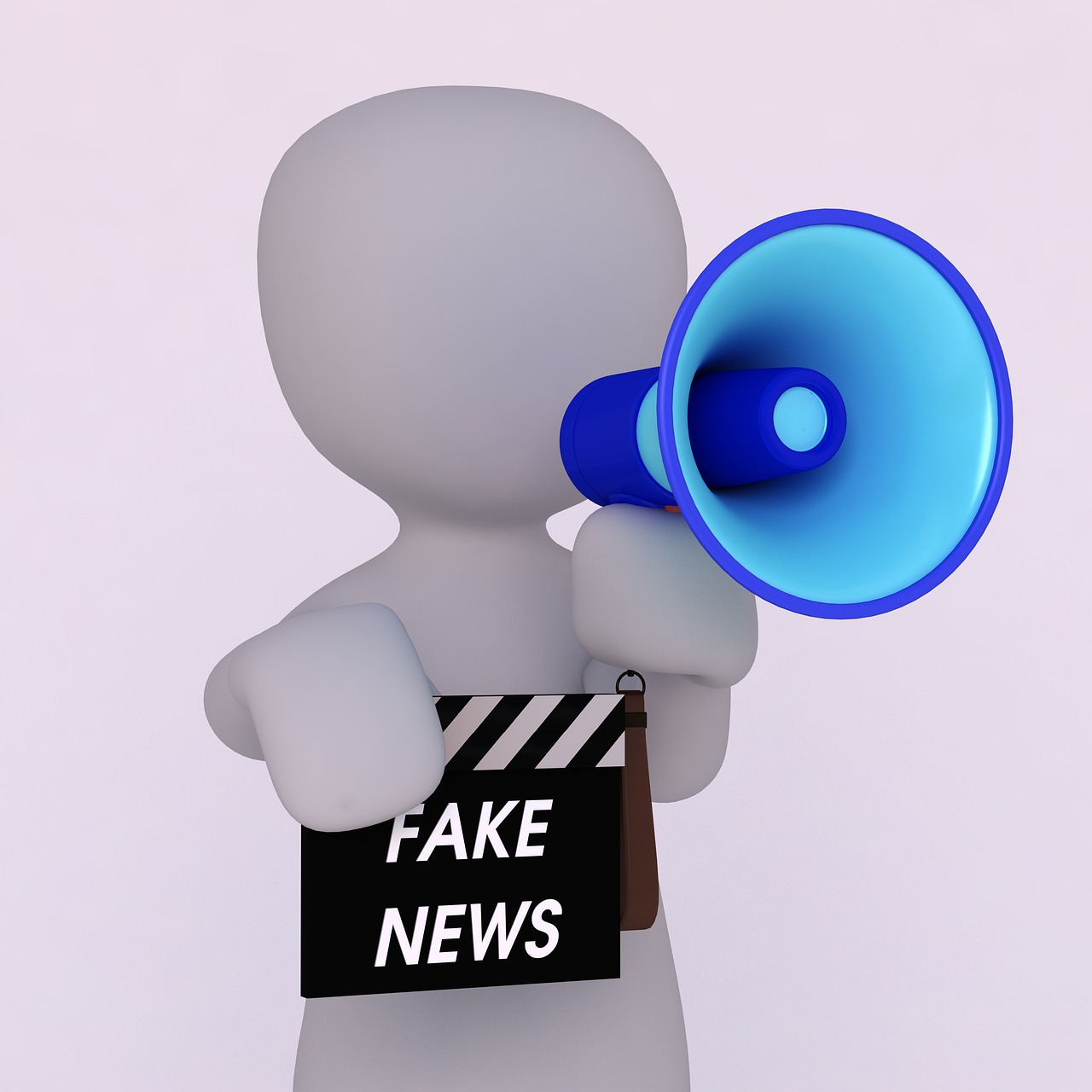
How Misinformation Spreads
Misinformation is like a wildfire on Facebook; it spreads quickly and often uncontrollably, consuming everything in its path. But what exactly fuels this rapid dissemination? Understanding the mechanisms behind the spread of misinformation is essential in today’s digital landscape. Various factors contribute to this phenomenon, including the platform’s algorithms, user behavior, and the sensational nature of the content itself.
First, let's talk about algorithms. Facebook's algorithms are designed to prioritize content that generates high engagement. This means that posts with lots of likes, comments, and shares are more likely to be seen by a larger audience. Unfortunately, this often leads to a preference for sensational or emotionally charged content over factual accuracy. When users scroll through their feeds, they are more likely to encounter posts that evoke strong emotions—whether it’s outrage, joy, or fear—rather than posts that provide balanced information. It’s similar to a fast-food restaurant; people may know that a salad is healthier, but the greasy burger is just so tempting and readily available.
Next, we have user engagement and sharing. Have you ever noticed how a particularly outrageous meme or headline seems to pop up everywhere? This is largely due to the fact that users are more inclined to share content that elicits a strong emotional reaction. When someone sees a post that makes them angry or excited, they are likely to share it without fully vetting its accuracy. This creates a chain reaction where misinformation is shared far and wide, often before anyone has a chance to fact-check it. The emotional appeal acts like a magnet, drawing users in and encouraging them to spread the content further.
Moreover, the concept of echo chambers plays a significant role in the spread of misinformation. Facebook often tailors users’ feeds based on their previous interactions, which means that people are frequently exposed to content that aligns with their existing beliefs. This can create a bubble where users only see information that reinforces their views, making it increasingly difficult to encounter diverse perspectives. It’s like being in a room filled with people who all agree with you; while it feels comfortable, it limits your exposure to new ideas and factual information. The danger here is that misinformation can become normalized within these echo chambers, leading to a skewed perception of reality.
In summary, the spread of misinformation on Facebook is a complex interplay of algorithms prioritizing engagement, user behavior driven by emotional responses, and the isolating effect of echo chambers. Understanding these dynamics is crucial for users who want to navigate the platform more responsibly and discern fact from fiction. The next time you scroll through your feed, take a moment to consider: is what you’re seeing truly accurate, or is it just another piece of sensationalized misinformation waiting to be shared?
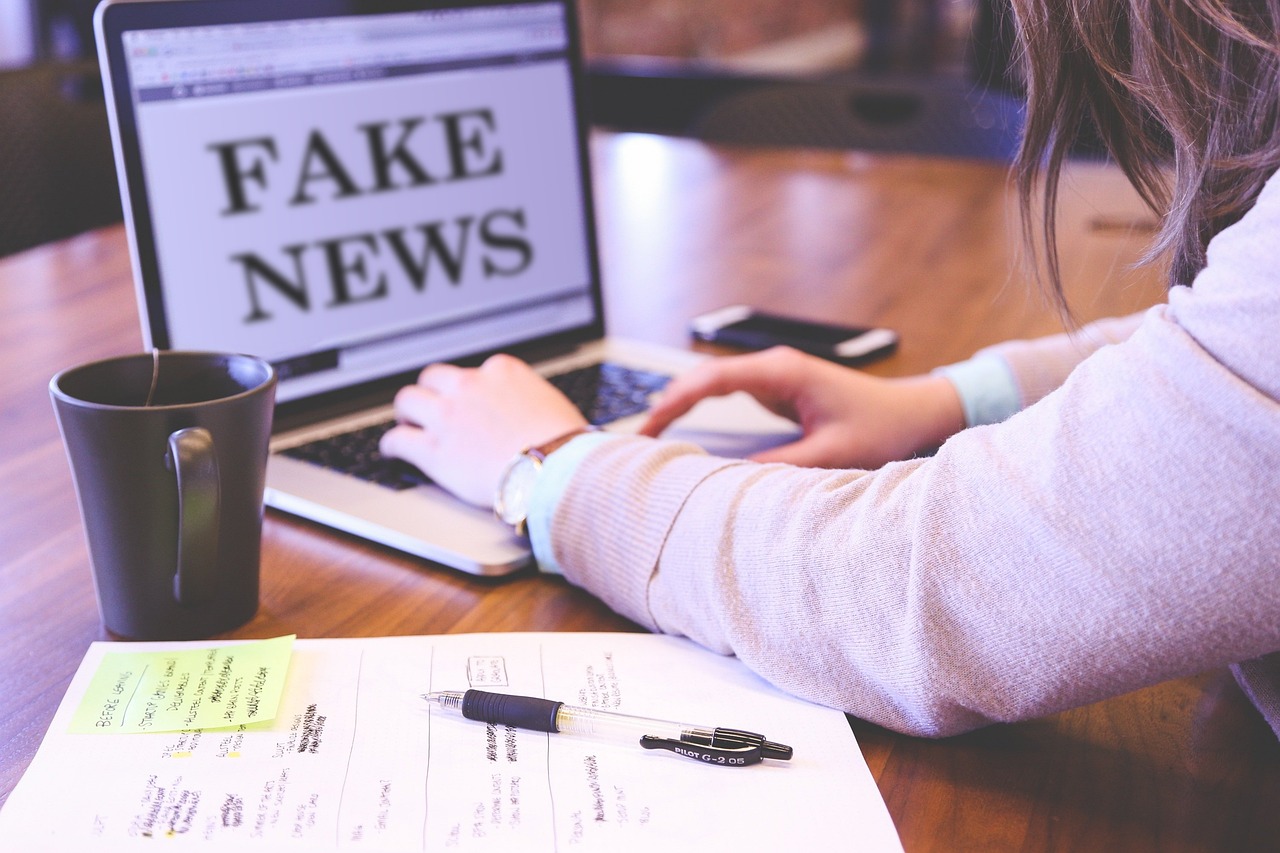
The Role of Algorithms
Have you ever wondered why certain posts on Facebook seem to pop up more often than others? It’s all thanks to the complex algorithms that power the platform. These algorithms are like the gatekeepers of your news feed, deciding which content gets the spotlight and which gets pushed to the shadows. In essence, they prioritize engagement over accuracy, meaning that sensational stories, even if they're misleading, are more likely to grab your attention and go viral.
Facebook's algorithm operates on a simple premise: the more engagement a post receives—likes, shares, comments—the more likely it is to be shown to a wider audience. This creates a feedback loop where sensational content thrives. For example, if a post about a conspiracy theory generates a flurry of reactions, it gets amplified, reaching even more users. This is where the danger lies; misinformation can spread like wildfire, fueled by the very systems designed to keep users engaged.
To illustrate this, consider a table that outlines the factors influencing Facebook's algorithm:
| Factor | Description |
|---|---|
| Engagement | Posts that receive high levels of interaction are prioritized. |
| Relevance | Content that aligns with a user's interests is shown more frequently. |
| Recency | Newer posts are favored over older ones. |
| Source Credibility | Posts from familiar sources may be rated higher but can still be misleading. |
Now, let’s talk about the emotional aspect. Users are naturally drawn to content that elicits strong emotions—whether it's outrage, joy, or fear. This emotional response drives sharing behavior, making it more likely that misleading information will reach a broader audience. Think of it like a chain reaction: one person shares a sensational post, their friends see it, and before you know it, it’s gone viral. This is the power of algorithms at work, and it’s a double-edged sword.
Moreover, the role of algorithms doesn't just stop at the content being shown; they also shape user behavior. When users consistently engage with sensational or misleading posts, the algorithm learns to serve them more of the same. This creates a cycle where users become trapped in a bubble of misinformation, reinforcing their existing beliefs without exposure to differing viewpoints. It’s as if the algorithm is saying, “You liked this? Here, have more!”
So, what can you do about it? Being aware of how these algorithms function is the first step in regaining control over your news feed. By actively seeking out diverse sources of information and questioning the credibility of sensational posts, you can break the cycle of misinformation. Remember, just because something is popular doesn’t mean it’s true. Stay curious, stay critical, and most importantly, stay informed!
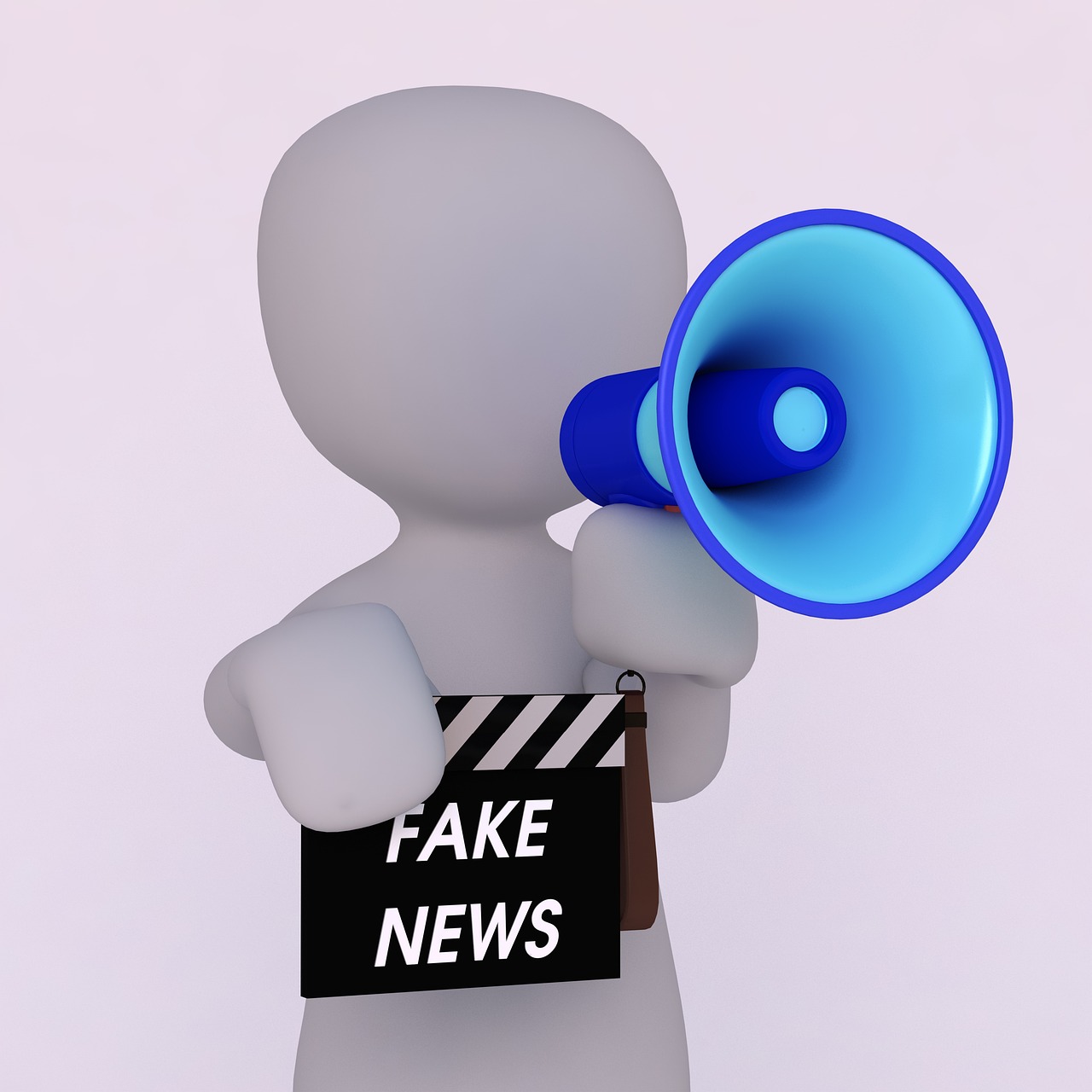
User Engagement and Sharing
When it comes to social media, particularly Facebook, one of the most striking phenomena is how users engage with content. You might have noticed that posts that evoke strong emotions—be it outrage, joy, or fear—tend to get shared like wildfire. But why is that? Well, it’s all about the psychological triggers that these posts activate. When we see something that resonates with our feelings, we feel compelled to share it, almost as if we are passing on a secret or a hot piece of gossip. This behavior can create a perfect storm for misinformation to spread.
Think of it this way: sharing a sensational post on Facebook is like shouting from the rooftops in a crowded square. Everyone hears you, and soon, others start echoing your shout. This amplification can lead to a cascade effect, where one misleading post becomes a viral sensation overnight. As users, we often forget to pause and ask ourselves: “Is this true?” Instead, we jump on the bandwagon, driven by the thrill of engagement and the desire to connect with others. The irony is that in our quest for connection, we might be spreading falsehoods.
Moreover, Facebook's design encourages this behavior. The platform is built around likes, shares, and comments, which all serve as metrics of engagement. The more sensational the content, the higher the engagement, which then feeds into Facebook's algorithm, prioritizing such posts in our feeds. It’s like a self-perpetuating cycle: sensational content gets more visibility, leading to more shares, and the cycle continues. This is why it’s crucial to be aware of what drives our sharing behavior. Are we sharing because we believe in the content, or are we simply reacting to an emotional trigger?
To illustrate this, let’s look at a few key factors that contribute to user engagement and sharing:
- Emotional Resonance: Content that makes us feel something—whether it’s anger, happiness, or sadness—tends to be shared more.
- Social Validation: We often share posts that align with our beliefs or that we think will impress our friends, creating a sense of belonging.
- Fear of Missing Out (FOMO): If something seems urgent or trending, we feel compelled to share it to stay in the loop.
In summary, user engagement and sharing on Facebook are driven by a complex mix of emotional triggers and social factors. Understanding these elements can empower us to become more discerning consumers of information. By questioning our motivations for sharing and being mindful of the content we engage with, we can help curb the spread of misinformation and foster a more informed community. After all, every time we hit that share button, we’re not just amplifying a message; we’re shaping the discourse around important issues.
Q: What is misinformation?
A: Misinformation refers to false or misleading information that is spread regardless of intent. It can take many forms, including rumors, hoaxes, and fake news.
Q: How can I identify misinformation on Facebook?
A: Look for credible sources, check the facts, and consider the emotional tone of the content. If it seems too outrageous to be true, it’s worth investigating further.
Q: What role do algorithms play in the spread of misinformation?
A: Algorithms prioritize content that generates high engagement, often favoring sensational or misleading posts over accurate information.
Q: How can I reduce the spread of misinformation?
A: Be mindful of what you share, verify information before passing it on, and encourage others to do the same.
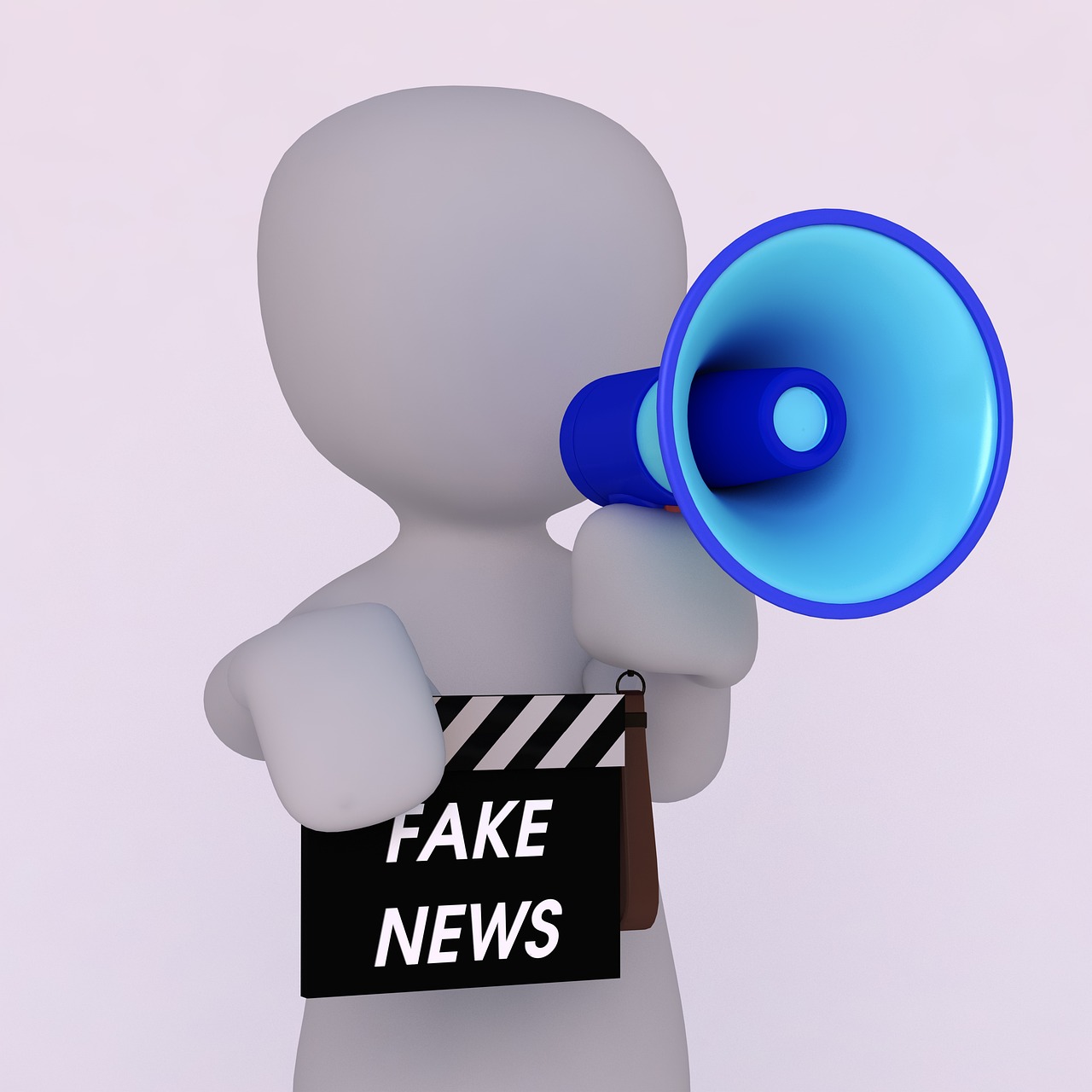
The Impact of Echo Chambers
The concept of echo chambers is like being trapped in a bubble where only your own beliefs are echoed back to you. Imagine sitting in a room filled with friends who only agree with you on everything; it feels comforting, right? But what happens when that comfort turns into a distortion of reality? On Facebook, echo chambers thrive, creating environments where users are rarely exposed to differing opinions. This phenomenon is not just a casual observation; it has serious implications for how we perceive the world around us.
Facebook's design inherently encourages users to connect with like-minded individuals, which can lead to a narrowing of perspectives. When people engage primarily with content that aligns with their views, they become more entrenched in those beliefs. The platform's algorithms, which prioritize engagement, often amplify this effect by showing users more of what they already like, further isolating them from diverse viewpoints.
As these echo chambers grow, they can influence not just individual opinions but also broader societal narratives. For example, during significant events like elections or public health crises, the information circulating within these bubbles can skew perceptions and lead to widespread misinformation. The danger lies in the fact that users may come to accept these distorted realities as truth, making it increasingly challenging to engage in constructive dialogue with others. It's a bit like trying to have a conversation about the weather with someone who insists it's always sunny, no matter what the forecast says!
To illustrate the impact of echo chambers, consider the following table that outlines some key characteristics:
| Characteristic | Description |
|---|---|
| Homogeneity | Users predominantly interact with others who share similar beliefs and values. |
| Confirmation Bias | Information that aligns with existing beliefs is favored, while contradictory information is dismissed. |
| Isolation | Limited exposure to diverse opinions leads to a skewed understanding of complex issues. |
| Polarization | Increased division between groups with opposing views, fostering hostility and misunderstanding. |
In conclusion, the impact of echo chambers on Facebook can create a perilous cycle of misinformation and divisiveness. Users may find themselves in a constant loop of affirmation, which can hinder critical thinking and informed decision-making. As we navigate this digital landscape, it's crucial to actively seek out diverse perspectives and challenge our own beliefs. After all, stepping outside of our comfort zones can lead to a richer understanding of the world and foster more meaningful conversations.
- What is an echo chamber? An echo chamber is an environment where a person only encounters information or opinions that reflect and reinforce their own.
- How does Facebook contribute to echo chambers? Facebook's algorithms prioritize content that generates engagement, often leading users to see more of what they already agree with, thus isolating them from differing viewpoints.
- What are the dangers of echo chambers? Echo chambers can lead to misinformation, polarization, and a lack of critical thinking, making it difficult for users to engage in constructive dialogue.
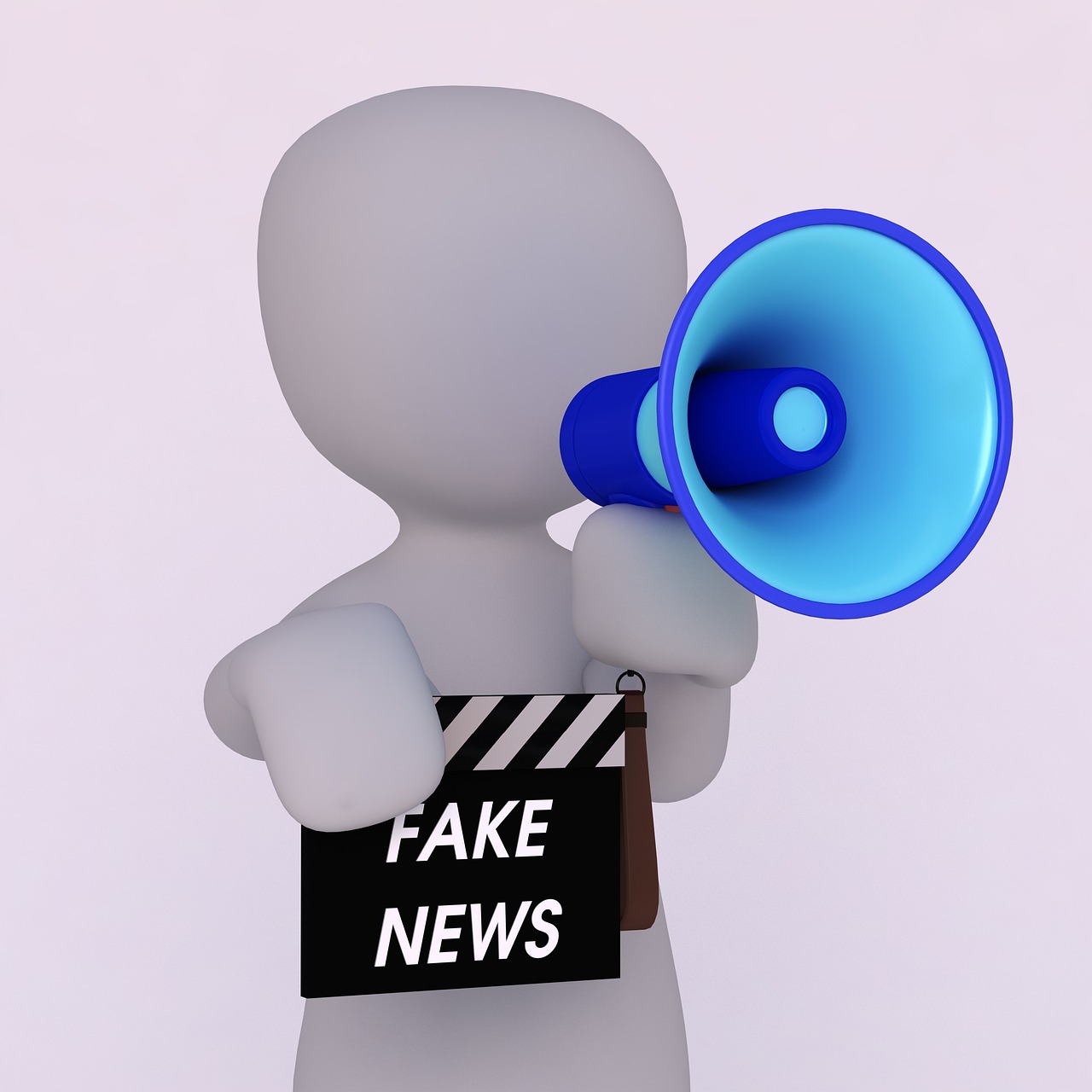
Identifying Misinformation
In today's digital age, where information is just a click away, has become a crucial skill for every social media user. With the overwhelming amount of content flooding our feeds, distinguishing between what is fact and what is fiction can feel like searching for a needle in a haystack. But fear not! There are practical steps you can take to sharpen your ability to spot misleading information.
First, always consider the source of the information. Is it coming from a reputable news outlet, or is it a random blog with no clear authorship? A good rule of thumb is to check the credibility of the source. Look for established news organizations or trusted experts in the field. If the source is unfamiliar, a quick online search can reveal its reliability. Remember, just because something is shared widely does not mean it is accurate!
Next, look for evidence. Reliable information is typically backed by data, studies, or expert opinions. If a post makes a bold claim, ask yourself: Is there any evidence to support this? Are there citations or references to studies? If the claim is sensational but lacks proof, it’s a red flag. For instance, during the pandemic, many rumors circulated about miracle cures. Always verify such claims with trusted health organizations like the World Health Organization or the Centers for Disease Control and Prevention.
Another effective strategy is to check the date of the information. Sometimes, old news can resurface and mislead people into thinking it’s current. For example, a post about a past event can create confusion if it’s shared without context. A simple date check can save you from spreading outdated or irrelevant information.
Furthermore, be wary of emotional language. Misinformation often uses sensationalism to provoke strong emotional reactions. If a post makes you feel angry, scared, or overly excited, take a step back and analyze it critically. Emotional responses can cloud your judgment and lead to hasty sharing. Instead, ask yourself: Does this make sense? Is it too good (or bad) to be true?
Lastly, consider using fact-checking websites. Platforms like Snopes, FactCheck.org, and PolitiFact are dedicated to debunking false claims and can be invaluable resources in your quest for truth. These sites often provide detailed analyses of popular misinformation, helping you understand why something is misleading.
By applying these tips, you can become a more discerning consumer of information. Remember, in the vast ocean of social media, it's essential to stay anchored in reality. Don’t let misinformation sweep you away!
- What is misinformation? Misinformation refers to false or misleading information that is spread, regardless of intent.
- How can I tell if something is misinformation? Check the source, look for evidence, verify the date, and be cautious of emotional language.
- Why is it important to identify misinformation? Misleading information can lead to harmful consequences, including public health risks and political polarization.
- What should I do if I encounter misinformation? Report it on the platform, inform others, and share accurate information to counter the false claims.
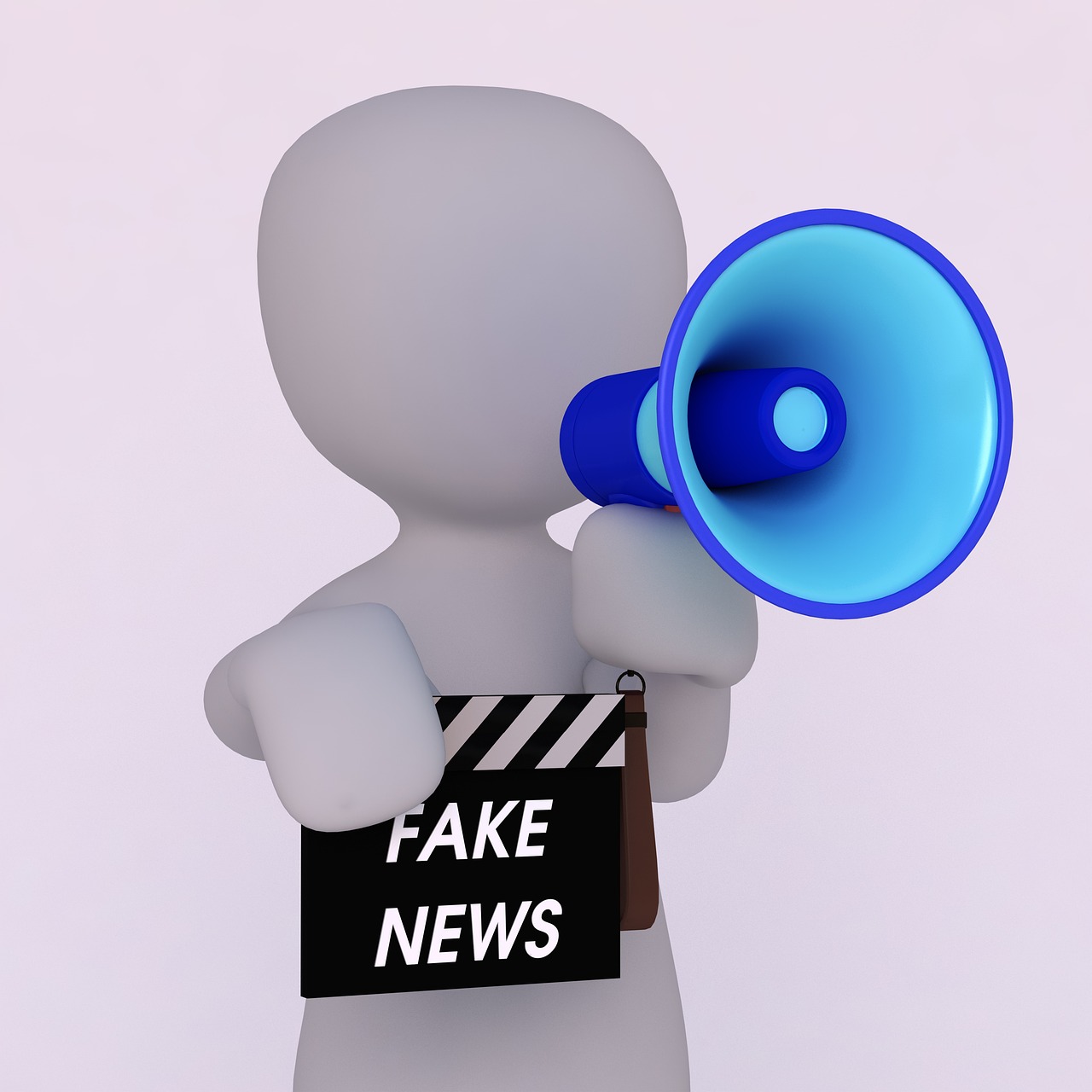
The Consequences of Misinformation
Misinformation isn't just a pesky inconvenience; it can have far-reaching consequences that ripple through our society. Think of it like a stone thrown into a pond—the initial splash is just the beginning. The waves that follow can disrupt the very fabric of our communities, affecting everything from public health to political stability. When people are bombarded with false or misleading information, it can lead to confusion, distrust, and even dangerous behaviors. But what exactly are these consequences, and why should we care? Let's dive in.
One of the most alarming effects of misinformation is its impact on public health. During crises, such as a pandemic, the spread of false information can lead to serious health risks. For instance, during the COVID-19 outbreak, we saw rampant misinformation about treatments and vaccine efficacy. This not only caused panic but also led to people making choices that jeopardized their health and the health of those around them. A recent study found that misinformation about vaccines resulted in a significant drop in vaccination rates in certain communities, which can have devastating effects on herd immunity.
Moreover, misinformation can create a public health crisis by undermining trust in healthcare systems. When individuals receive conflicting information, they may become skeptical of legitimate health advice. This skepticism can lead to a lack of adherence to public health guidelines, exacerbating the spread of diseases. To illustrate this, consider the following table that highlights the relationship between misinformation and public health outcomes:
| Type of Misinformation | Impact on Public Health |
|---|---|
| False Treatment Claims | Increased risk of severe illness |
| Vaccine Misinformation | Reduced vaccination rates |
| Health Scares | Panic buying and resource hoarding |
In addition to health impacts, misinformation also plays a significant role in shaping the political landscape. In a world where social media platforms like Facebook serve as primary news sources, misleading information can sway public opinion and influence electoral outcomes. For example, during elections, false narratives about candidates can spread like wildfire, leading to polarized opinions and divisive political environments. When voters are misinformed, they may make decisions based on emotions rather than facts, which can undermine the democratic process.
Furthermore, misinformation can create echo chambers where individuals only consume information that reinforces their existing beliefs. This not only hinders healthy debate but also contributes to a fragmented society where compromise and understanding become increasingly difficult. The consequences are profound, as misinformation can lead to a lack of trust in institutions, increased polarization, and even violence in extreme cases.
So, what can we do about it? The first step is awareness. By recognizing the signs of misinformation and understanding its consequences, we can better equip ourselves to navigate the digital landscape. It's essential to engage with diverse sources of information and to question the narratives presented to us. Remember, just because something is trending on Facebook doesn't mean it's true. In a world filled with noise, being a discerning consumer of information is more crucial than ever.
- What is misinformation? Misinformation refers to false or misleading information that is spread, regardless of intent.
- How does misinformation affect public health? Misinformation can lead to poor health choices and decreased adherence to public health guidelines, ultimately endangering lives.
- What can I do to combat misinformation? Stay informed by checking multiple sources, questioning the validity of sensational claims, and sharing only verified information.
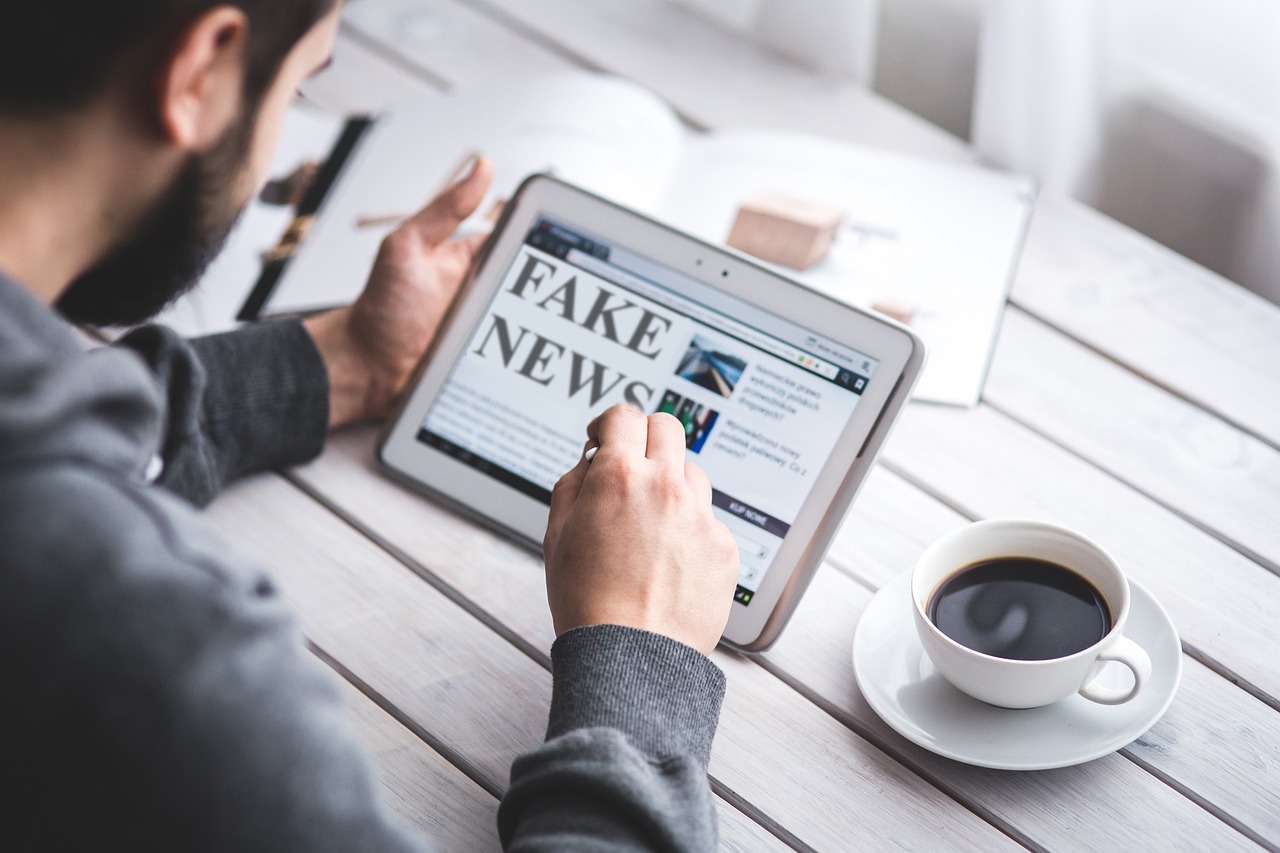
Misinformation and Public Health
Misinformation can be more than just an annoyance; it can lead to serious public health consequences. During crises like the COVID-19 pandemic, we witnessed firsthand how false information could spread like wildfire across Facebook and other social media platforms. For instance, claims about miracle cures and unproven treatments flooded feeds, often outpacing factual information. This chaos can lead to dangerous behaviors, as individuals might resort to ineffective or harmful remedies instead of following scientifically-backed guidelines.
Consider this: when people are scared, they often seek immediate answers. Unfortunately, in the digital age, the rush to find information can lead to a reliance on dubious sources. A recent study highlighted that misinformation about vaccines led to a significant decline in vaccination rates in certain communities. The ripple effect of this misinformation not only jeopardizes individual health but also poses a broader risk to public health by allowing preventable diseases to resurface.
Moreover, misinformation can create a sense of distrust in health authorities. When people encounter conflicting messages, they may become skeptical of legitimate health campaigns. This skepticism can be exacerbated by the echo chambers formed on social media, where users are surrounded by like-minded individuals who reinforce their beliefs, regardless of the truth. This environment makes it challenging for public health officials to communicate effectively, as their messages may be drowned out by sensational claims that garner more engagement.
Here’s a sobering thought: the World Health Organization (WHO) even declared that misinformation is an “infodemic.” This term reflects not just the abundance of false information but also the speed at which it spreads. The WHO has recognized that combating misinformation is as crucial as developing vaccines and treatments. It’s a battle for hearts and minds, one that requires collaboration between social media platforms, health organizations, and users themselves.
To combat misinformation effectively, we must empower individuals with the tools to discern fact from fiction. Here are a few strategies:
- Verify Sources: Always check the credibility of the source before sharing information. Look for established health organizations or reputable news outlets.
- Cross-Reference Information: If you come across a health claim, see if it’s reported by multiple reliable sources. If it’s only found on questionable sites, be cautious.
- Stay Informed: Follow trusted public health authorities on social media. They often provide accurate updates and debunk misinformation.
In conclusion, misinformation in public health is a pressing issue that can lead to real-world consequences. As users, we have a responsibility to critically assess the information we encounter, especially during health crises. By fostering a culture of skepticism towards unverified claims and supporting credible sources, we can help mitigate the negative impacts of misinformation and contribute to a healthier society.
- What is misinformation? Misinformation refers to false or misleading information spread regardless of intent to deceive.
- How can I identify misinformation on Facebook? Look for credible sources, check for corroboration from multiple outlets, and be wary of sensational headlines.
- Why is misinformation dangerous in public health? It can lead to harmful behaviors, decreased trust in health authorities, and ultimately, negative health outcomes for individuals and communities.
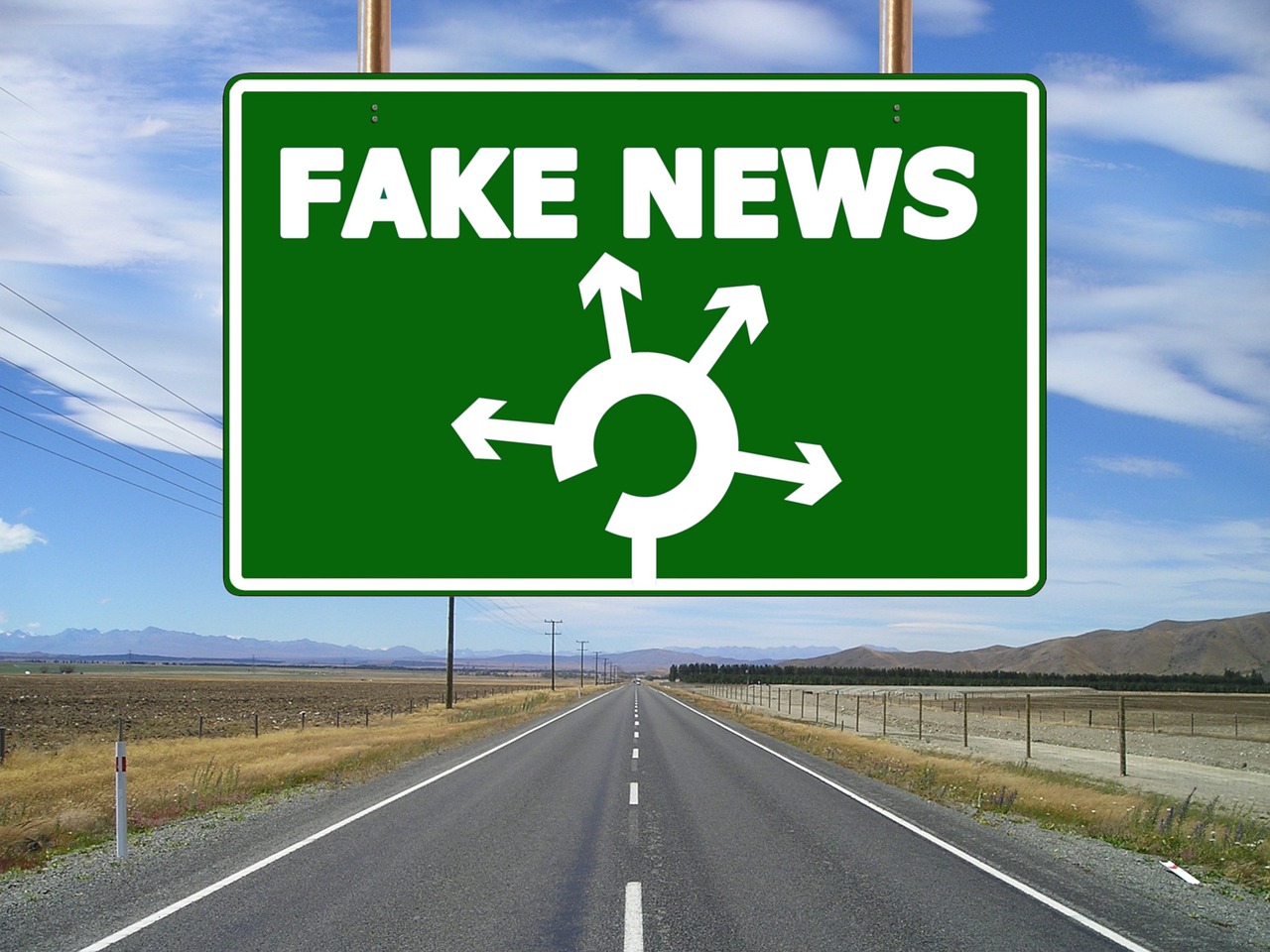
The Political Landscape
In today's digital age, the political landscape has been dramatically reshaped by the rise of social media, particularly platforms like Facebook. With billions of users sharing content daily, the potential for misinformation to influence political opinions and outcomes is immense. But how exactly does this happen? Imagine a game of telephone where the message gets distorted with each pass; this is akin to how misinformation spreads across social networks, often leading to significant misinterpretations of political issues.
One of the most alarming aspects of misinformation is its ability to sway public opinion during critical times, such as elections. For instance, misleading advertisements and false narratives can flood users' feeds, creating a distorted view of candidates and policies. This phenomenon is not just a minor inconvenience; it can lead to real-world consequences, including voter apathy or misguided support for harmful policies. A study conducted by the Pew Research Center found that nearly 64% of Americans believe that misinformation has a significant impact on the political process, highlighting the urgent need for users to critically evaluate the information they consume.
Moreover, Facebook's algorithms often exacerbate this issue. They prioritize content that generates high engagement, regardless of its accuracy. This means that sensational or emotionally charged posts are more likely to be seen and shared, further entrenching misleading narratives. As users interact with this content, they may inadvertently become part of a feedback loop, where their beliefs are reinforced rather than challenged. This creates a dangerous environment where echo chambers flourish, and diverse viewpoints are drowned out by a cacophony of misinformation.
To illustrate this point, consider the following table that summarizes how misinformation can impact the political landscape:
| Impact of Misinformation | Description |
|---|---|
| Voter Behavior | Shifts in voter support based on misleading information about candidates or issues. |
| Policy Misunderstanding | Public confusion regarding the implications of proposed policies, leading to misinformed opinions. |
| Polarization | Increased division among political groups due to conflicting narratives and misinformation. |
| Trust Erosion | Decline in trust towards media sources and institutions as a result of pervasive misinformation. |
As we navigate this complex political landscape, it's essential for users to become more discerning consumers of information. By questioning the sources of the content they encounter, fact-checking claims, and seeking out reputable news outlets, individuals can help mitigate the impact of misinformation. Remember, in the realm of politics, knowledge is not just power; it’s the key to making informed decisions that shape our society.
- What is misinformation? Misinformation refers to false or misleading information that is spread, regardless of intent.
- How can I identify misinformation on Facebook? Look for reputable sources, check for fact-checking labels, and be wary of sensational headlines.
- Why is misinformation dangerous in politics? It can distort public perception, influence voter behavior, and undermine trust in democratic processes.
- What can I do to combat misinformation? Educate yourself, share credible information, and engage in discussions that promote critical thinking.
Frequently Asked Questions
- What is misinformation, and how does it differ from disinformation?
Misinformation refers to false or misleading information shared without the intent to deceive, while disinformation is deliberately spread to mislead. Understanding this distinction is vital in navigating social media platforms like Facebook.
- How does misinformation spread so quickly on Facebook?
Misinformation spreads rapidly on Facebook due to the platform's algorithms, which prioritize content that generates engagement. This often leads to sensational posts being shared widely, regardless of their accuracy.
- What role do user emotions play in the sharing of misinformation?
User emotions significantly influence sharing behavior. Content that evokes strong emotional responses, such as fear or outrage, is more likely to be shared, amplifying the reach of misinformation.
- What are echo chambers, and how do they affect information consumption?
Echo chambers are environments where individuals are exposed only to information that reinforces their existing beliefs. Facebook's design can create these chambers, making it challenging for users to encounter diverse perspectives and critical viewpoints.
- How can I identify misinformation on Facebook?
To identify misinformation, check the source of the information, look for corroborating evidence from reputable outlets, and be cautious of sensational headlines. Always approach new information with a critical mindset.
- What are the potential consequences of misinformation in public health?
Misinformation can lead to dangerous outcomes in public health, especially during crises like pandemics. It can cause individuals to make uninformed decisions, potentially endangering their health and the health of those around them.
- How does misinformation impact the political landscape?
Misinformation can skew public opinion and influence electoral outcomes. It creates confusion and distrust, undermining the democratic process and making it difficult for voters to make informed choices.



















